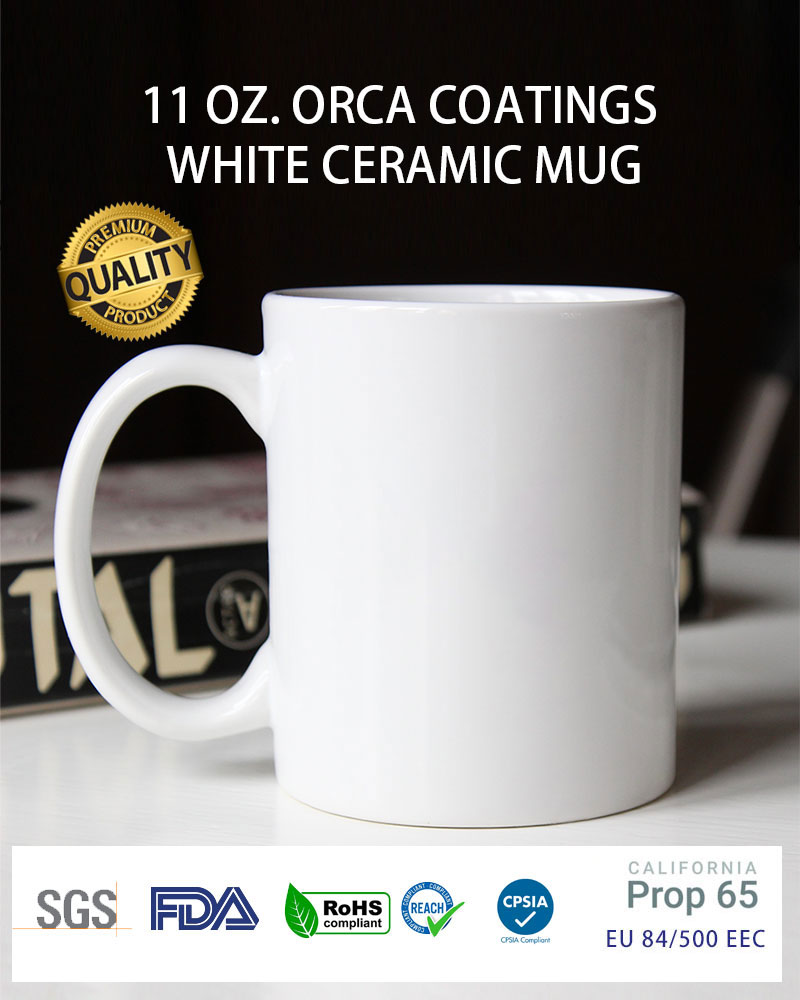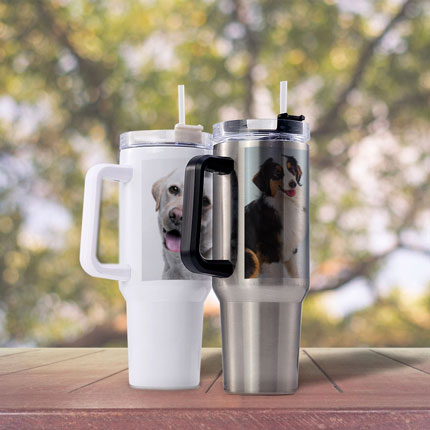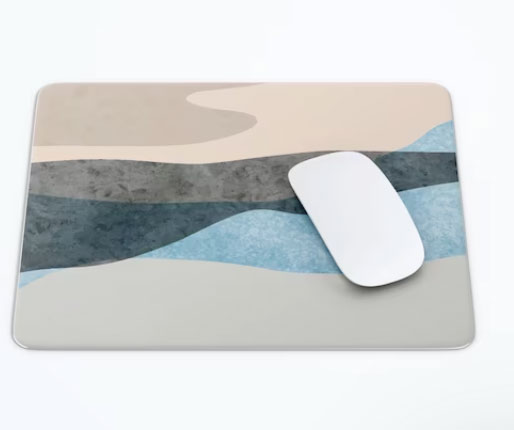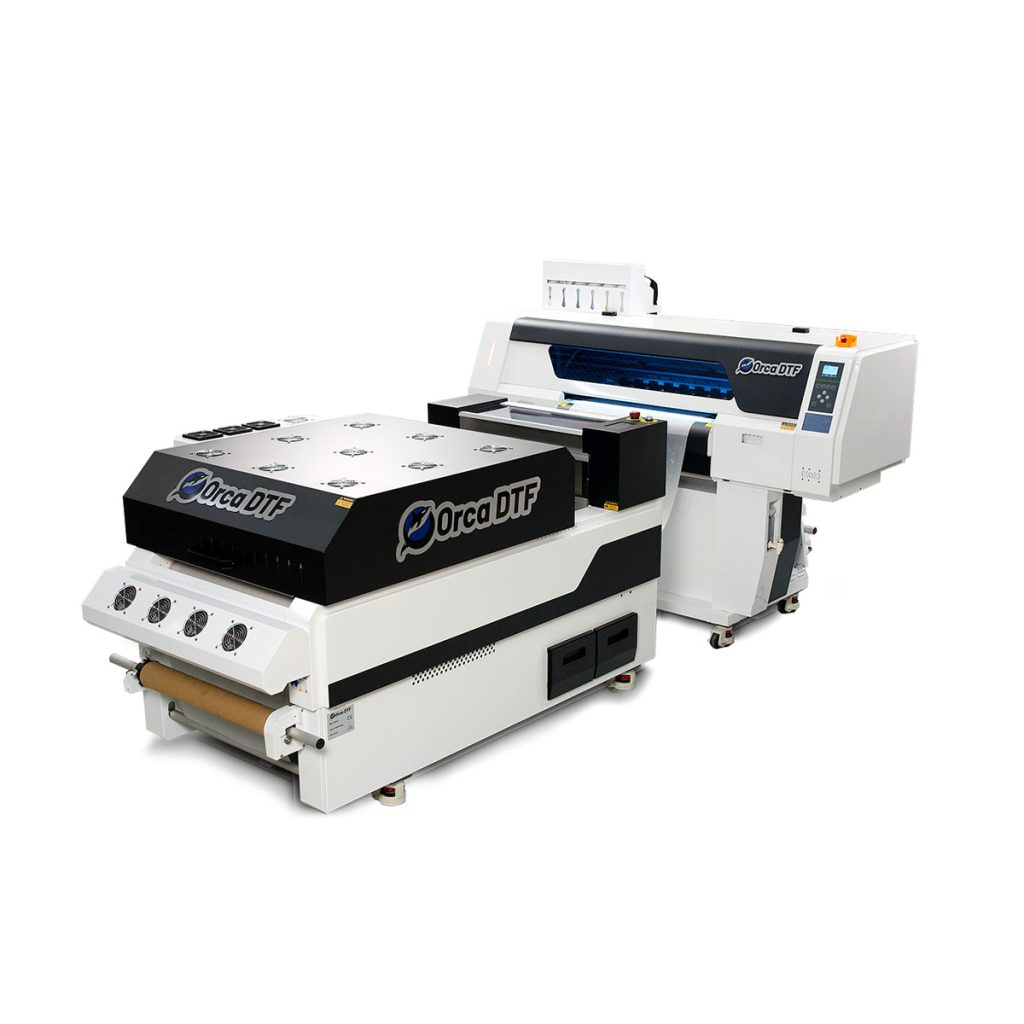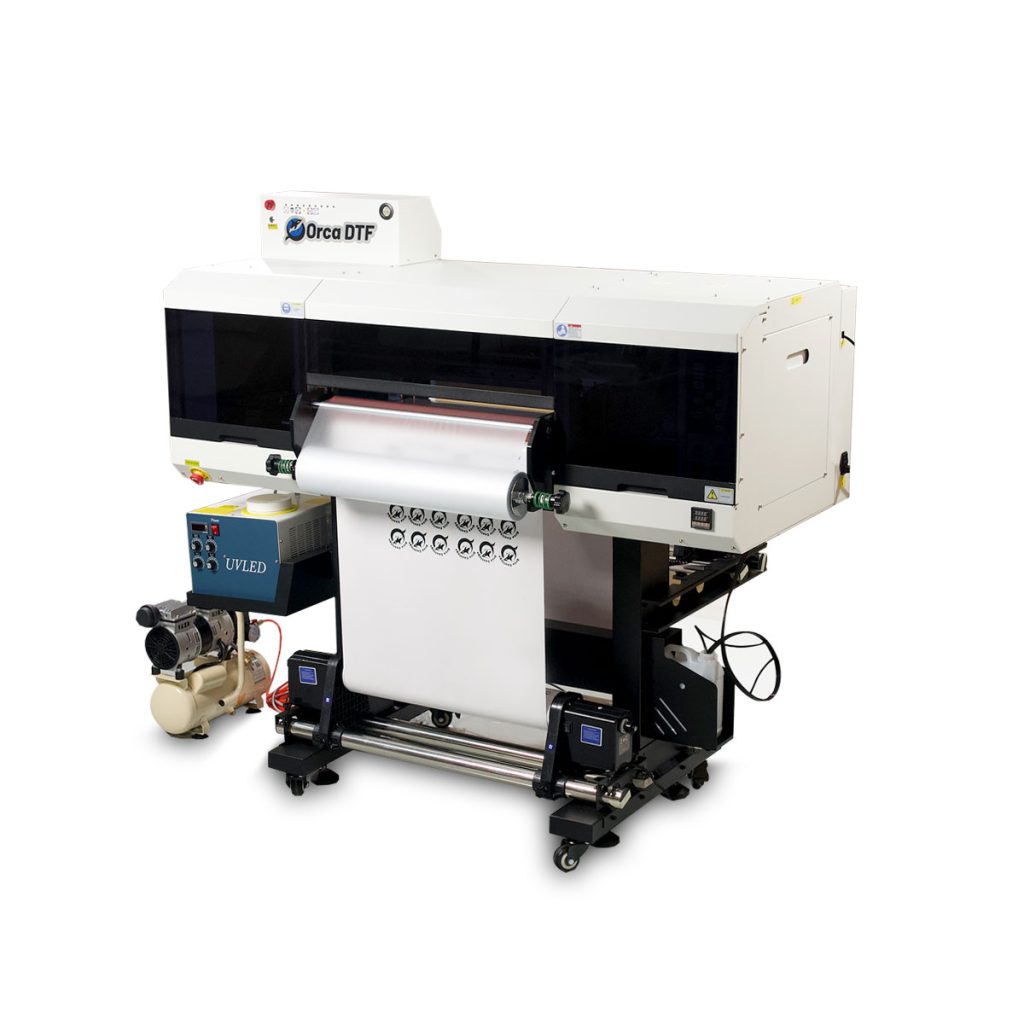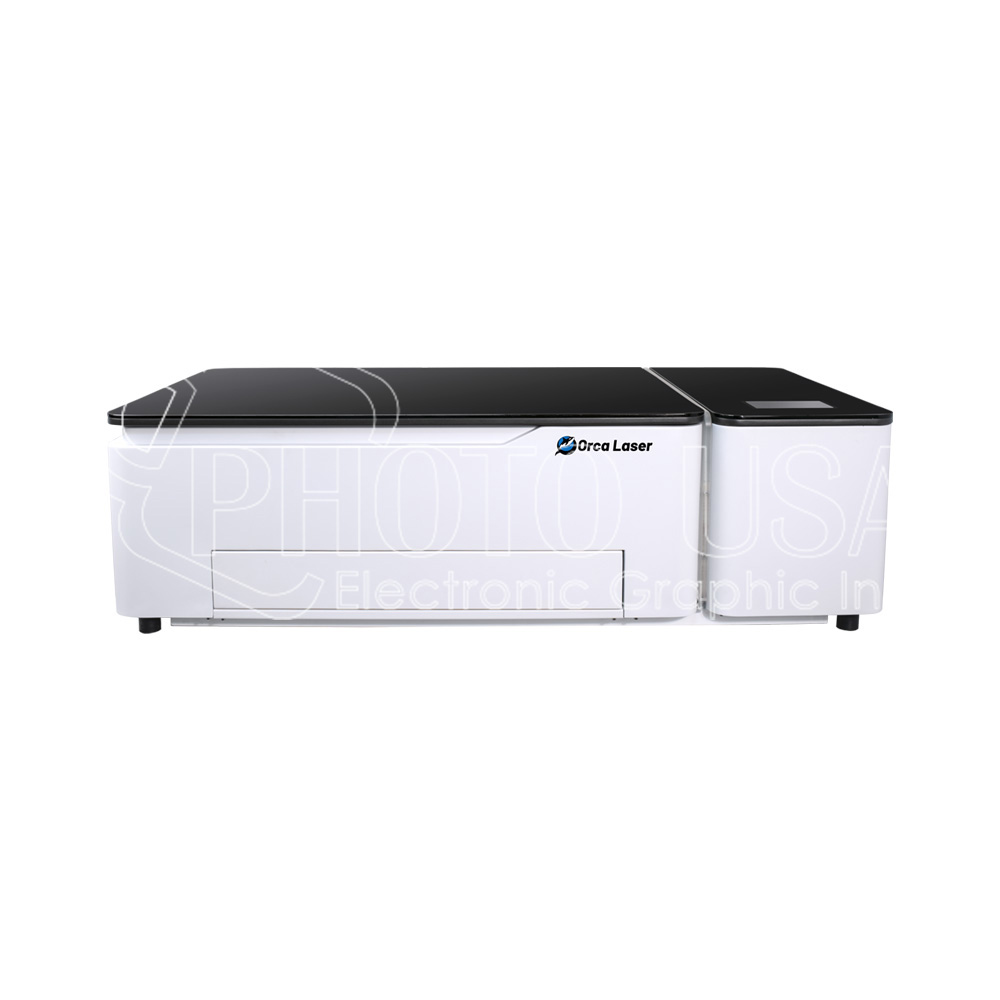Photo mugs are a very popular personalized gift choice. And there is no shortage of mugs online and in retail shops to choose from.
Armed with a bit of knowledge, you can navigate through the process of finding a good photo mug. Photo Mugs are made using a process called dye sublimation. Sublimation is when a solid changes to a gas without becoming a liquid in between. The most common example is when dry ice evaporates to a gas, never becoming a liquid first.
There are two primary components involved in making a photo mug – the ink and the mug itself. The ink is a special formula that sublimates when it is heated to 300 degrees f. The mugs used to make photo mugs are not regular mugs. These mugs are manufactured specifically for the sublimation process. They have a special coating that becomes porous at 300 degrees. So to make a photo mug, the manufacturer prints an image on transfer paper using sublimation inks. Then the paper is clamped to the mug, and the clamped pair is heated to 300 degrees. The mug coating becomes porous and the ink vaporizes and is absorbed by the coating on the mug. Cool it down, remove the paper, and the ink has been transferred to the mug.
What can go wrong? If the coating on the mug is low-quality, the paper can stick to the mug, leaving a rough surface texture when the paper is scraped off. Or the coating is not uniform or cloudy, making the image weak and unsaturated. If the mug is heated for too long or at too high a temperature, the image diffuses, making it look fuzzy. And some mugs are just poorly made, with large variations is size or wall thickness, especially noticeable when more than one mug is bought as a set. Or if the walls of the mug are not cylindrical, but are conical, the clamp holding the paper to the mug loses pressure along the top or bottom, resulting in an incomplete image transfer.
All of this also assumes that the image printed on the transfer paper is printed at 150 dpi minimum, and the printer is properly calibrated using a calibration image on a daily basis.
Cheap mugs usually have inferior coatings that will not provide accurate, sharp color reproduction. Sublimation technology has evolved a great deal over the last 5 years, and some manufacturers have not kept up. Ask where the mug was made (Photo USA selects the best mugs from China famous ceramic city) ,check that the walls are cylindrical and the image sharp. If you cannot look at samples, look for endorsements or recommendations.

